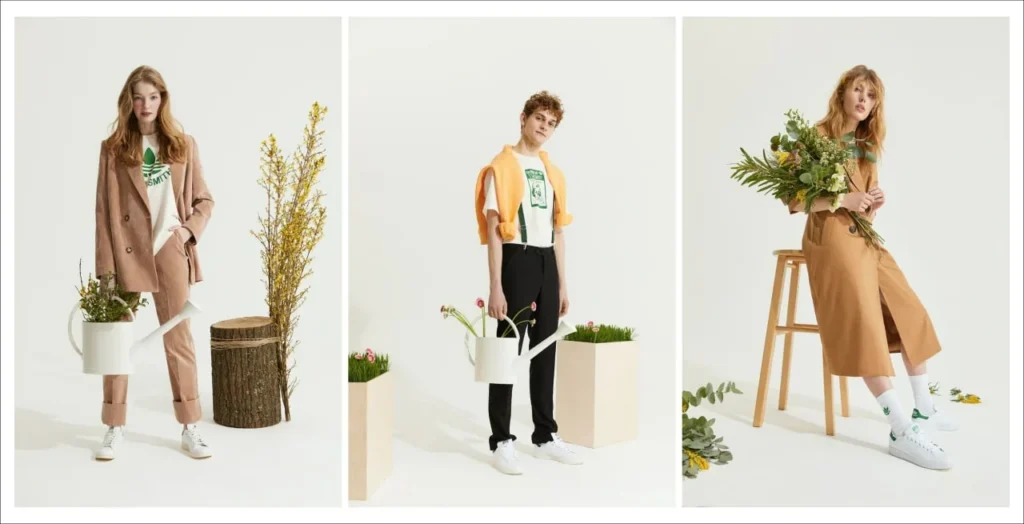Fashion News Alert: The Hidden Style Rules Top Designers Never Share
The fashion industry produces a staggering 80 billion clothing items each year worldwide, yet all but one of these items never become new garments through recycling. This reality reflects the industry’s complex nature where designs, manufacturing, and sales span multiple continents. Fashion news typically highlights the industry’s glamorous aspects, but successful designers follow specific principles that drive their achievements. The world’s leading fashion capitals – New York, Paris, Milan, and London – operate on unwritten rules that determine a collection’s fate. We’re now revealing these closely guarded secrets that have built the world’s most prestigious fashion houses. The 90/10 Proportion Rule That Shapes Designer Collections A carefully calculated balance – the 90/10 proportion rule – lies at the heart of every successful fashion collection. Top fashion designers know that memorable collections come from striking the right balance between statement pieces and basics. How top fashion designers balance statement pieces with basics A simple yet powerful principle drives iconic collections: 90% basics paired with 10% statement pieces. This ratio lets signature pieces shine without overpowering the overall look. A bold designer bag or striking earrings naturally pair with understated classic blazers and well-fitted jeans. Great designers know that balance goes beyond individual pieces. The most eye-catching outfits follow the golden ratio of approximately 1:1.61. This mathematical principle helps designers create collections that naturally catch the eye and feel balanced. Why perfect proportions matter more than trends Studies covering 50 years of women’s fashion show that successful designs mostly use a 35/65 vertical proportion. The horizontal proportions mostly fall into the 50/50 category, which creates timeless, well-balanced silhouettes. Proportion shapes how clothes work with the human form. Designers focus on three key balance elements: Symmetrical Balance: Similar elements on both sides create formal harmony Asymmetrical Balance: Contrasting visual elements achieve equilibrium Rhythm: Pattern and color repetition guide the eye naturally Examples from iconic collections that mastered this balance Donna Karan showed brilliant proportion use in her groundbreaking collection. Women made up 45% of the American workforce by 1990. Karan responded with an innovative mix-and-match collection. Her designs combined well-proportioned pieces – tailored jackets, cashmere sweaters, wrap skirts, and classic white shirts – that moved naturally from day to night. Helmut Lang’s collections showed exceptional skill with proportions by creating a unified language between men’s and women’s clothing. His designs proved that perfectly balanced proportions surpass gender boundaries and leave a lasting mark. Today’s designers apply these principles through: Form and Function: Claire McCardell and Bonnie Cashin’s legacy lives on as silhouette proportions serve both style and practicality Limited Palettes: Color restrictions keep collections cohesive and let proportions take center stage Technical Precision: Wide hems match wide waistbands while thin ties complement thin binding to create visual harmony Current fashion news shows these proportion rules remain vital. Collections appear disjointed when designers ignore these fundamental principles. Those who become skilled at the 90/10 rule and golden ratio consistently create collections that appeal to audiences and stand time’s test. Color Theory Secrets Fashion Designers Never Discuss Publicly Color acts as a quiet force in fashion design that reaches way beyond the reach and influence of esthetics. Research shows that picking the right colors increases brand recognition by 80%, which makes it a vital part of fashion success. The psychology behind designer color palettes Fashion designers employ color’s emotional power to influence how consumers behave. Each shade plays a specific role instead of being picked at random. Red builds confidence and energy, blue creates trust and reliability, while yellow naturally boosts optimism. The most successful designers build their collections around proven psychological triggers. They know that light colors reduce dark ones’ impact, which lets them build visual hierarchies in their designs. Designers guide viewers’ emotions through careful color arrangements. “True style is knowing the rules—and when to break them.” How designers predict color trends years in advance Color forecasting science relies on five key elements: social changes, tech advances, history’s influence, buyer behavior, and state-of-the-art developments. Color Marketing Group®, a leading forecasting organization, runs intensive four-day meetings where color experts from all industries debate and vote on upcoming trends. These sessions help professionals analyze: Cultural shifts and social media patterns Runway shows and street fashion How consumers think and buy What colors technology can produce WGSN and Coloro lead the industry by turning this knowledge into practical color predictions. Their forecasts strike a balance between change and comfort, digital appeal and real-world experience. The unspoken rule of limiting palettes to ensure commercial success Though designers can access endless color choices, successful ones think over restricting their palettes. The industry secret lies in using no more than three to four colors to keep the brand consistent. This limit serves several goals: The right palette creates a unique visual identity on business cards, websites, and social media. It helps keep collections unified. The approach will give a commercial edge by making products easier to mix and match. Leading designers also think about the technical side of color production. They cooperate with color experts to get precise shade matches while cutting down waste. This detailed attention ensures finished products deliver their intended emotional effect. Fashion news rarely talks about these calculated decisions behind color choices. In spite of that, learning about color psychology remains vital to create successful collections. Research shows 52% of shoppers leave websites because of poor esthetic choices, which proves thoughtful color selection directly affects commercial results. Fabric Selection: The Hidden Foundation of Luxury Design Fabric is the life-blood of luxury fashion that shapes design excellence. Industry experts say fabric choice determines not just how a piece looks but also its durability, exclusivity, and value. Why fabric sourcing happens before sketching begins The best fashion designers know great garments start with the right materials. They start by choosing fabrics because the material’s weight, texture, and drape guide their creative direction. Studies show nine out of ten successful designers pick their fabrics before they start drawing. Designers look at several key factors: What the material is made of and how it affects the environment How long it takes to make Whether it works for the season
Fashion News Alert: The Hidden Style Rules Top Designers Never Share Read More »




